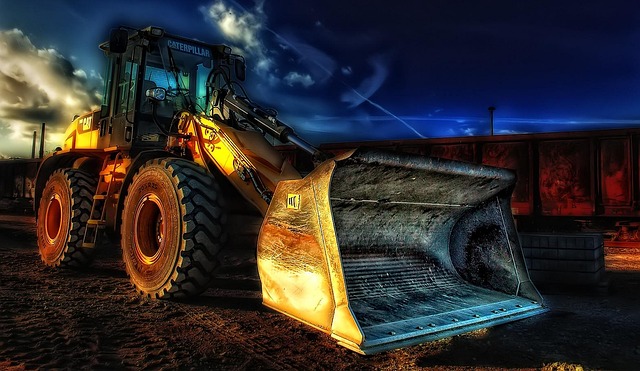The construction industry has long been a cornerstone of societal development, creating the buildings and infrastructure we rely on daily. Yet, this vital sector also holds significant responsibility for environmental impact, particularly in the context of deforestation and climate change. As we explore the intersection of the construction industry with these pressing issues, it’s evident that the pathway to a greener future depends heavily on how we build today.
Deforestation has far-reaching consequences that extend beyond the loss of trees. It disrupts ecosystems, threatens biodiversity, and exacerbates climate change. The construction industry is a major contributor to this problem, often requiring vast amounts of timber, land clearing, and resource extraction. These activities can lead to significant ecological imbalances, and when forests are cleared to make way for new developments, the carbon stored in trees is released into the atmosphere, further intensifying global warming.
As communities around the globe grapple with the effects of climate change — including rising sea levels, extreme weather patterns, and increasing temperatures — the role of the construction industry comes into sharper focus. We must recognize that every building, bridge, and road we create carries a carbon footprint. To mitigate this impact, embracing sustainable practices in the construction industry is not just an option; it is a necessity.
Implementing greener building techniques, such as using recycled materials, efficient resource management, and sustainable sourcing, can significantly reduce the environmental footprint of construction projects. Innovative designs that prioritize energy efficiency and sustainable materials can cut greenhouse gas emissions and promote a more harmonious coexistence with nature. Furthermore, incorporating green spaces into urban designs helps to replenish what has been lost to deforestation, offering ecological and social benefits.
Engaging with the community also plays a crucial role in the responsible growth of our environments. Encouraging public awareness and active participation in urban planning can lead to more sustainable and resilient communities. By investing in education about the importance of forests and their role in combating climate change, we empower individuals to influence decisions that affect their environment.
Moreover, the construction industry can leverage technology to innovate and improve its practices. From 3D modeling to advanced materials that reduce waste, technology can facilitate smarter building solutions. By collaborating with environmental experts and local communities, construction companies can create projects that are not only functional but also environmentally friendly and sustainable.
In summary, the construction industry’s relationship with deforestation, the environment, and climate change is complex yet pivotal in shaping our future. We must actively pursue methods that counteract the negative implications of traditional building practices while advocating for policies that protect our forests and ecosystems. As stewards of our environment, embracing sustainability within the construction industry is the key to building a greener future for the generations to come.




